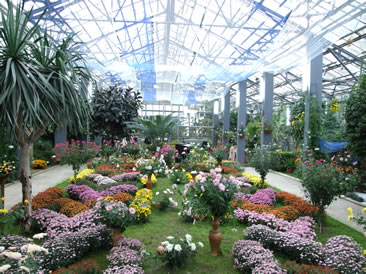

The Renaissancentist Italian Garden
In the Renaissance period the garden was representing a demonstration of all that human being can realize in struggle with nature. The Renaissance gardens were not realized for promenade or meditation but to be looked as artistic operas or for pure aesthetic contemplation. By this perspective, nature can be beautiful when is logical and organized, when it represents a form materializing an idea.
Towards nature, the human being was in a mathematical report that has conducted to the apparition of the so-called architectonic type of garden. This type treats the garden as a created, calculated artistic object. Here, mathematics meet poetry, science meets fantasy and rigidity meets freedom. The common characteristics of all these gardens are the geometric lines, the prevalent use of evergreen plants in regular shapes and the constant presence of statues and fountains.
The Renaissancentist garden conception has been born from the desire to find the just equilibrium between reason rigors and creative fantasy. Frequently, the garden was associated to a place of delights: refuge for intellectuals, artists, mans of letters, place for meditation and special spiritual states during festive moments and scenic representations.
The all'italiana garden has been conceived in the XV-th century in Florence. One of the first constructions having a Italian garden was the Villa Medici, situated near this city.
In this garden type we have replaced the dark green colour of the evergreen shrubs with the cheerful shades of some chrysanthemums varieties. In this way we have outlined the specific parters to the Italian garden where you will find classic representations of some strict geometric shapes, exclusively realized from chrysanthemums combined with elements from the topiary art.
Suggestions & comments: Webmaster Copyright ©2023 Botanic Garden of Iasi. All rights reserved.
